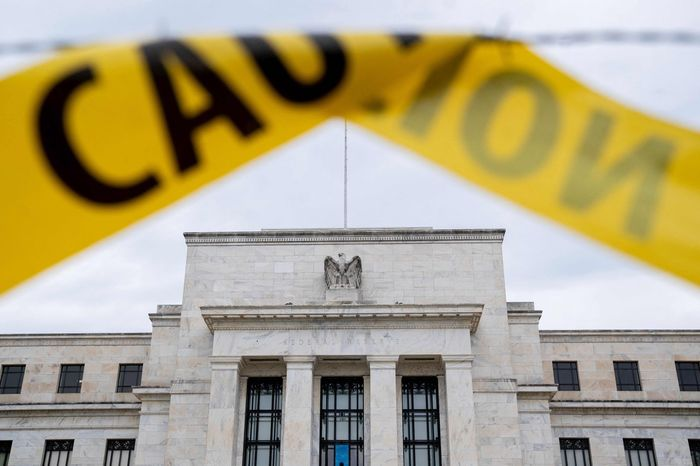‘What does the Fed do next week if they don’t hike rates?’ asks Mullaney at Boston Partners

First Republic Bank’s $30 billion injection from America’s biggest banks to help shore up confidence in the California-based lender and the overall U.S. banking system isn’t yet a mission accomplished.
U.S. stocks continued to slide on Friday, with shares of financials under sharp pressure overall, but with shares of First Republic down 33.8%, or 81% on the year so far, according to FactSet.
“I think one of the reasons why First Republic is down today has nothing to do with the fact that people are still concerned about if it is going to go under,” said Mark Stoeckle, CEO and senior portfolio manager at Adams Funds.
“Investors are trying to wrap their heads around what it means for its business model and for earnings,” Stoeckle said, particularly with lenders and other financial institutions forced to recalibrate in the wake of the Federal Reserve’s aggressive pace of interest rate hikes.
“We are only a week into this,” Stoeckle said. “What it’s going to take is time.”
Higher rates have resulted in some $620 billion of unrealized losses at U.S. banks, as “safe,” low-coupon Treasury and agency mortgage securities from 2020 and 2021 have eroded in value as yields have risen.
Another factor has been depositors migrating cash into today’s higher yielding Treasurys for income, including the 2-year about a week ago hit 5%, before it pulled back to 3.8%.
Fear of unknown risks
Wild swings in bank stocks this week and in Treasury yields,as well as jitters about whether the Federal Reserve will keep raising its policy interest rate had investors navigating one of the worst weeks of volatility since the 2008 global financial crisis.
“Many market participants have only experienced a systemic credit crunch once in their professional careers, and the ghost of the financial crisis and the Covid-19 market meltdown are their only historical comparisons,” said Steven Ricchiuto, U.S. chief economist at Mizuho Securities, in a Friday note.
Ricchiuto cautioned against being “too hasty to draw parallels,” but also said it doesn’t mean there are “no real consequences” in financial markets following the failures of Silicon Valley Bank and Signature Bank, and emergency funding this week obtained by Credit Suisse and First Republic.
He expects liquidity in the system to be reduced, consolidation in the banking system and for banks to clean up “their balance sheets of bad assets while raising additional capital.”
Mike Mullaney, director of global market research at Boston Partners, said investors also will be keeping a close eye on how much banks end up relying on Fed facilities for liquidity.
Borrowing at the Fed’s discount window rose to $153 billion in the past week through Wednesday, an record high, “but below 2009 levels as a share of aggregate U.S. bank deposits,” according to BofA Global.
Another $11.9 billion was borrowed through a new Bank Term Funding Program rolled out about a week ago by the central bank.
“There’s no question there’s been an increase in borrowing at the discount window, but most of that is the Federal Deposit Insurance Corp.,” Mullaney said, adding that’s likely related to their takeover of recently failed banks.
“The wild card is the unknown,” Mullaney said. “We just don’t know if there are other SVBs lurking out there.”
Another source of anxiety is what the Fed will do with interest rates at its meeting next week on March 21-22.
It has been a volatile for traders in fed funds futures, but as of Friday, they were pricing in about a 70% chance of a 25 basis point hike to the Fed’s policy rate to a 4.75%-5% range.
“I will say this, the important question is: What does the Fed do next week if they don’t hike rates,” Mullaney said. “What’s the message they send if they don’t? To me, it means basically panic mode, and investors are going to be running out of what they deem a burning building.”
The Dow Jones Industrial Average shed 384 points Friday, the S&P 500 index fell 1.1% and the Nasdaq Composite Index dropped 0.7%, according to FactSet.
Comments